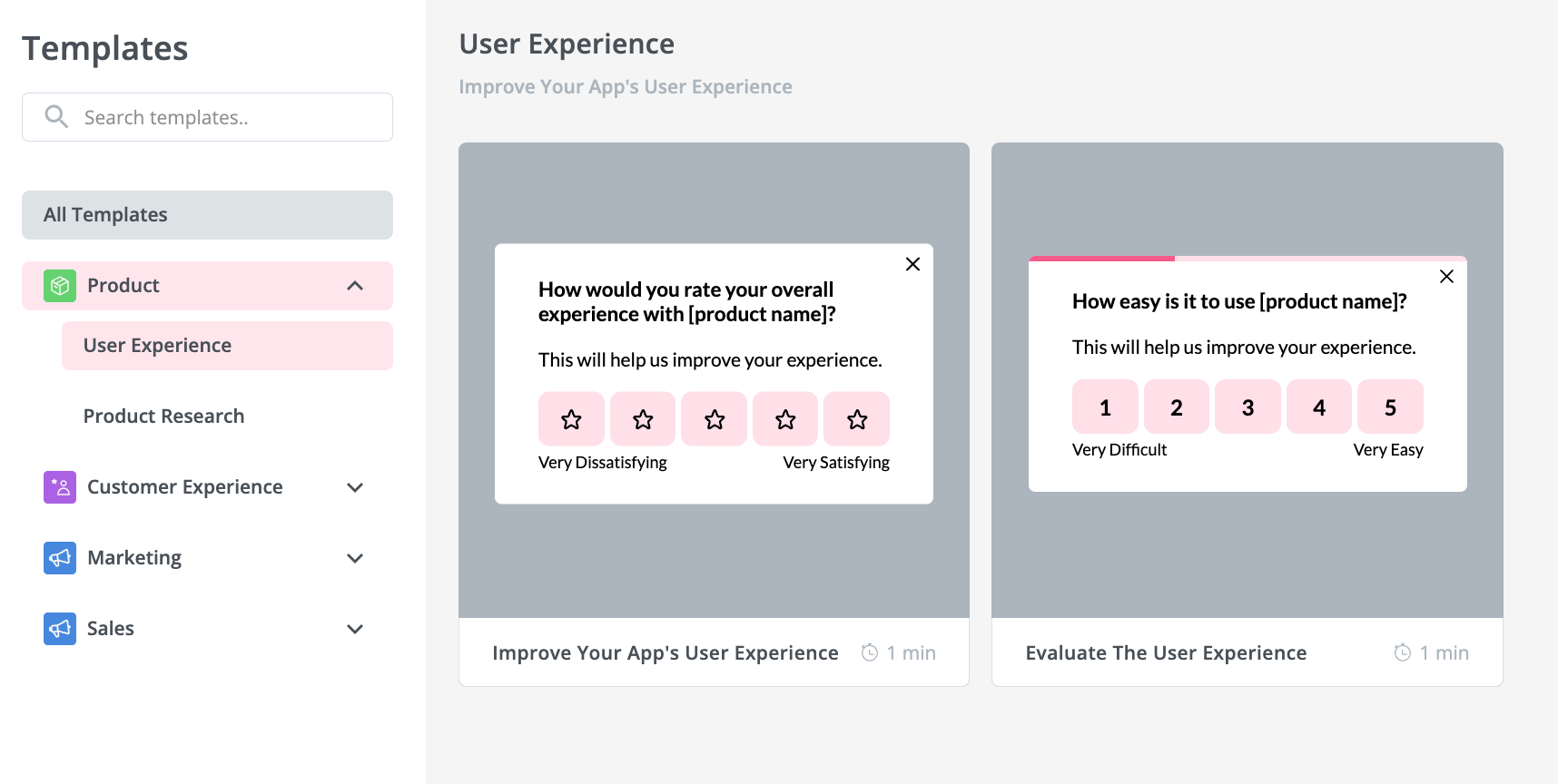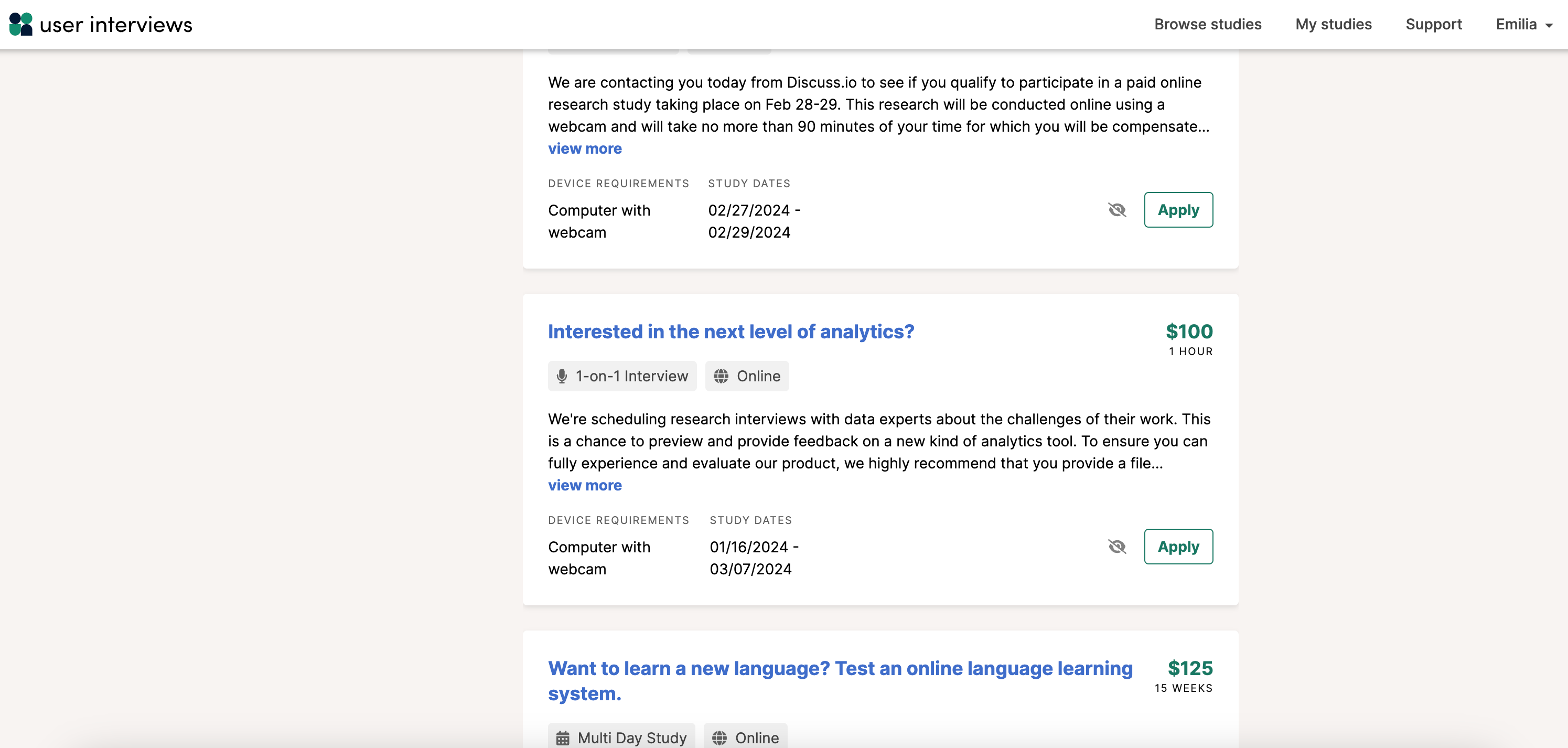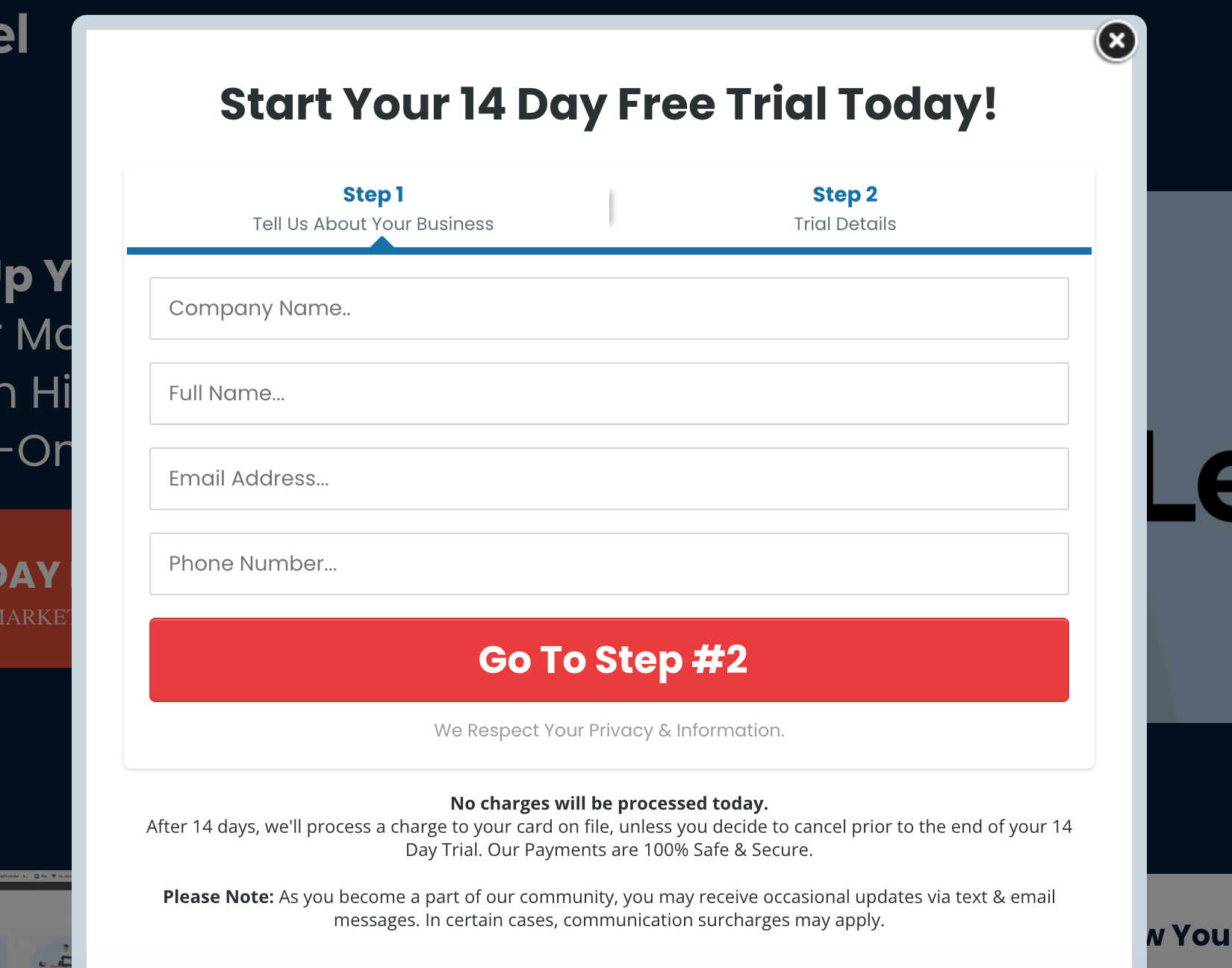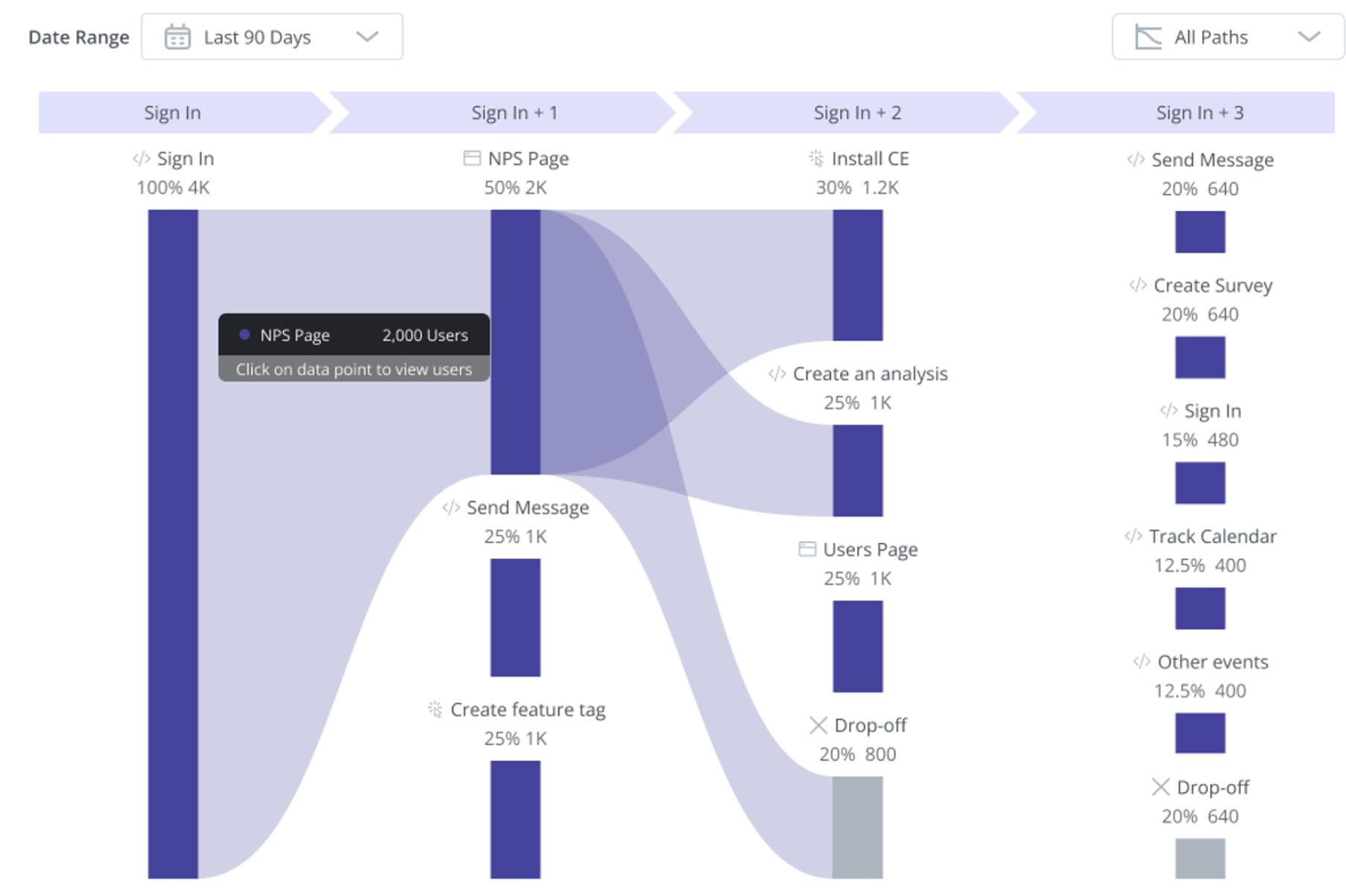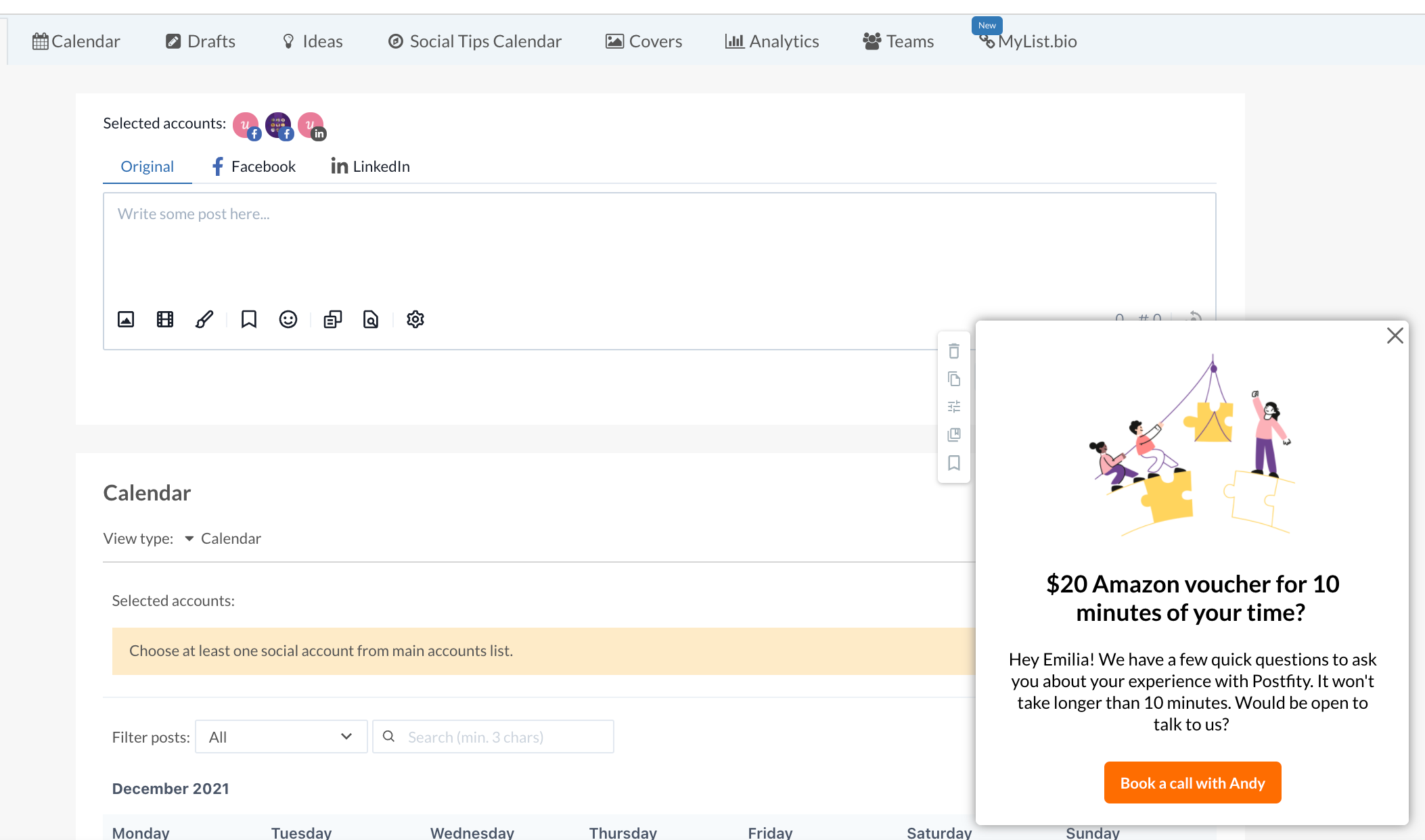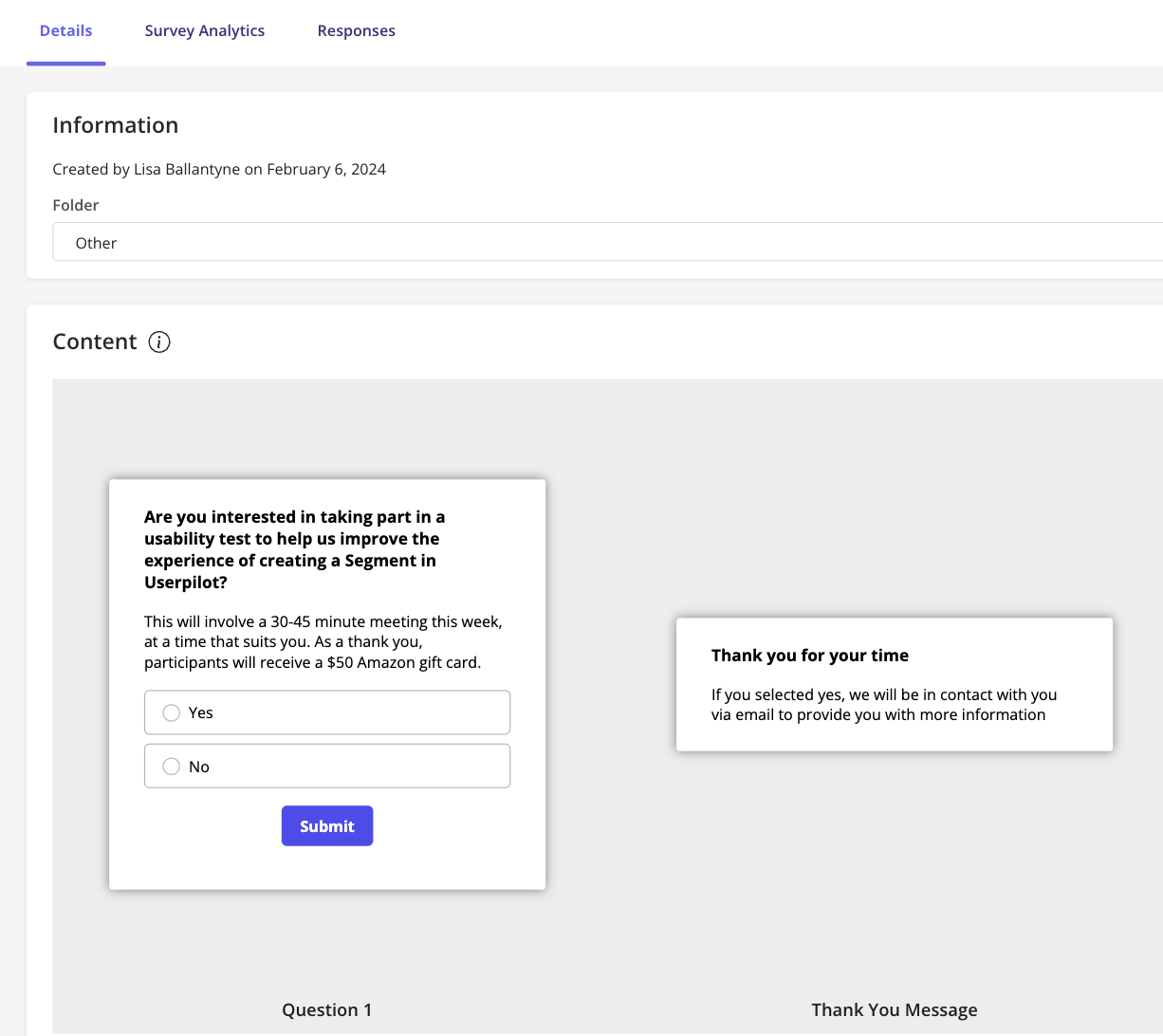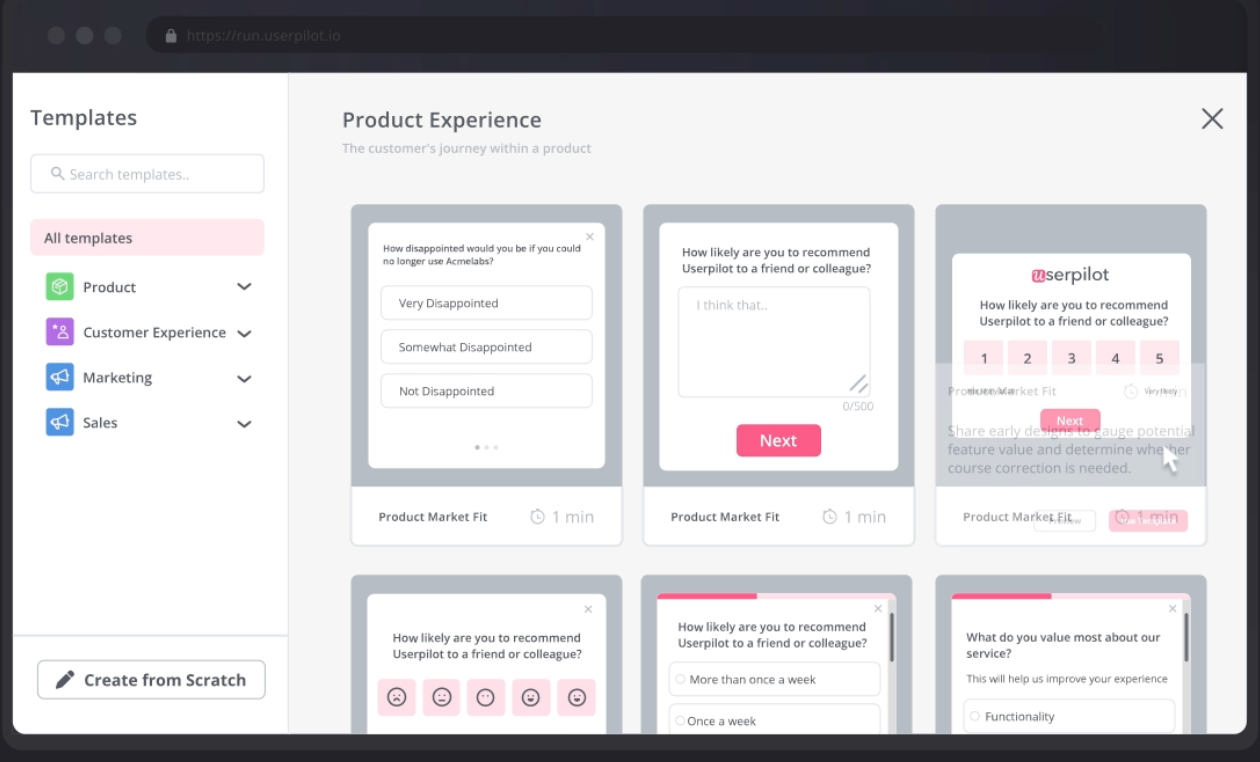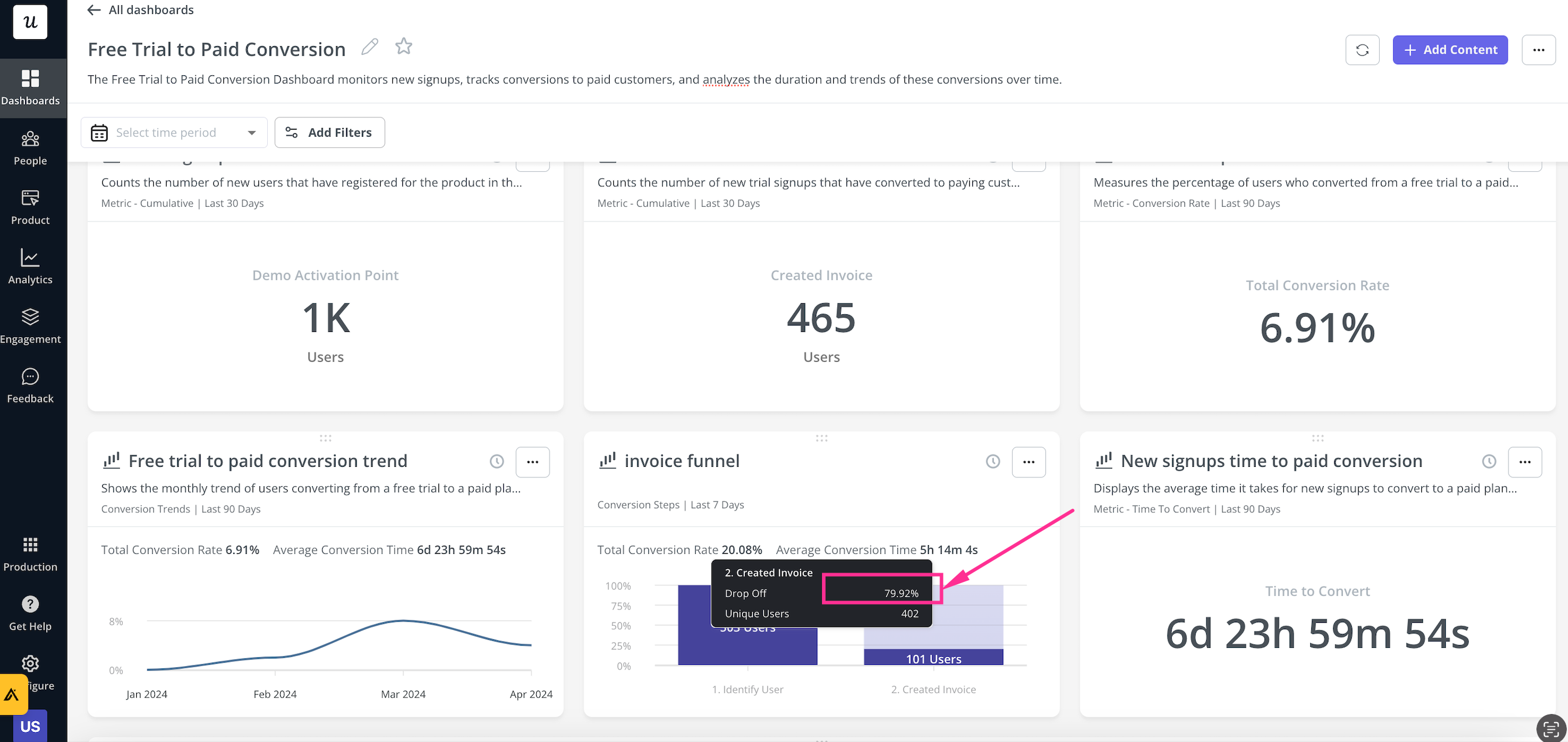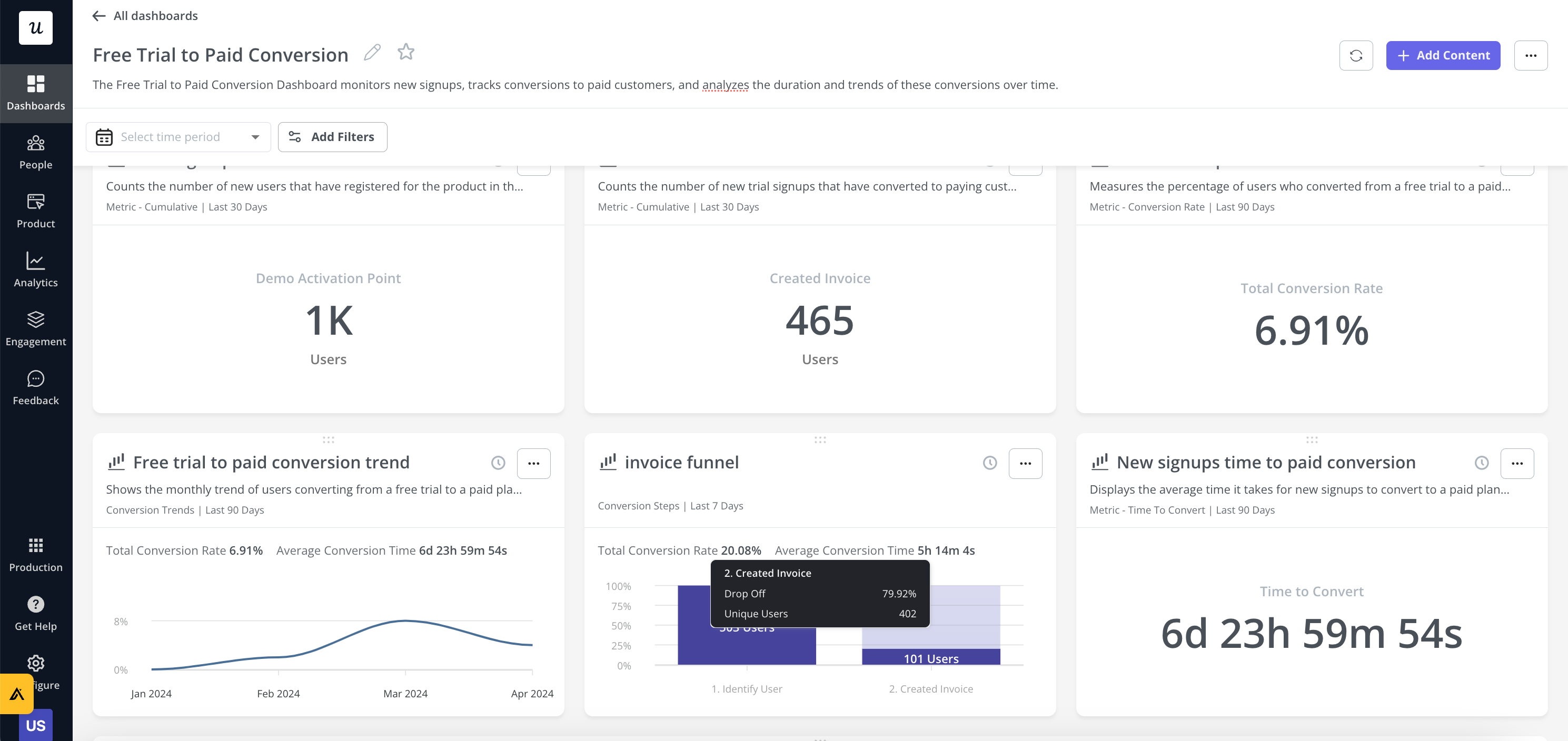
The Ultimate Guide to Effective Product Market Research in SaaS
Product market research is essential for comprehending your customer base, competition, and the prevailing trends within the industry.
It involves collecting and evaluating information that can guide you in making well-informed decisions about your product offerings. Conducting effective market research guarantees that your products are aligned with the marketplace and fulfill the needs of customers.
This article will discuss critical techniques and procedures for conducting successful product market research.
Try Userpilot Now
See Why 1,000+ Teams Choose Userpilot

What is product market research and why is it important?
Product market research involves collecting information about consumer needs and preferences, market trends, and competitive dynamics.
This research is crucial as it helps businesses tailor their products and marketing strategies to meet the needs of their target audience more effectively, increasing the chances of success and customer satisfaction.
Types of market research: primary and secondary
Now that you know the importance of clear research objectives, let’s explore the different types of market research and the techniques available to achieve these goals. Market research methods can be divided into two main categories: primary research and secondary research. The choice between these depends on factors like your budget, time constraints, and whether you need exploratory data or definitive answers.
Primary research involves collecting new data directly from sources. This process is like mining for precious metals, as it requires using various methods to gather fresh insights.
- Surveys (here – in-app survey templates from Userpilot).
- Interviews.
- Focus groups.
- Product trials.
This approach gives you first-hand insight into your target audience.
Conversely, secondary research uses already established datasets of primary data – which can add depth and reinforcement to your firsthand findings.
Conducting your own market research using primary research tools can be a cost-effective strategy, allowing businesses to gather valuable insights directly and tailor their research to specific needs.
Let’s look a bit deeper into them now.
What is primary market research?
Market research uses primary market research as an essential tool. This involves collecting new data directly from your target audience using various methods, such as surveys, focus groups, and interviews.
Each method has its benefits. For example, observational studies allow you to see how consumers interact with your product.
There are many ways to conduct primary research.
Focus Groups: Hold discussions with small groups of 5 to 10 people from your target audience. These discussions can provide valuable feedback on products, perceptions of your company’s brand name, or opinions on competitors. Additionally, these discussions can help understand the characteristics, challenges, and buying habits of target customers, optimizing brand strategy.
Interviews: Have one-on-one conversations to gather detailed information from individuals in your target audience.
Surveys: These are a common tool in primary market research and can be used instead of focus groups to understand consumer attitudes. Surveys use structured questions and can reach a broad audience efficiently.
Navigating secondary market research
While marketing research using primary methods is like discovering precious metals, secondary market research technique is like using a treasure map. This approach uses data collected by others from various sources, providing a broad industry view. These sources include market analyses from agencies like Statista, historical data such as census records, and academic studies.
Secondary research provides the basic knowledge necessary for conducting primary market research goals but may lack detail on specific business questions and could also be accessible to competitors.
To make the most of secondary market research, it’s important to analyze summarized data to identify trends, rely on reputable sources for accurate data, and remain unbiased in data collection methods.
The effectiveness of secondary research depends significantly on how well the data is interpreted, ensuring that this information complements the insights from primary research.
Qualitative vs quantitative research
Market research employs both qualitative and quantitative methods, offering distinct insights that complement each other. Qualitative research aims to understand consumer behaviors and motivations through detailed analysis, while quantitative research collects measurable data for statistical analysis.
The selection of qualitative or quantitative methods should align with your research goals. If you need to uncover initial insights or explore deep consumer motivations, qualitative techniques like surveys or interviews are ideal.
On the other hand, if you need data that can be measured and analyzed for reliability, quantitative methods are more suitable.
However, these approaches don’t have to be used separately. Combining qualitative and quantitative methods in mixed-method studies allows you to capture both detailed exploratory responses and concrete numerical data. This integration offers a comprehensive view of the market, leveraging the strengths of both approaches to provide a fuller understanding of market conditions.
Implementing market research tools: Userpilot’s role
Similar to how a compass is essential for navigation at sea, businesses need appropriate instruments to carry out effective market research. Userpilot’s suite of product analytics and in-app engagement tools are critical components for this purpose.
Acting as a Buyer Persona Research instrument, Userpilot’s product analytics provide key quantitative research capabilities. This helps clearly define and comprehend the attributes and behaviors of potential customers, providing you with insights into your ICP (Ideal Customer Persona), user preferences, and product-market fit.
Beyond product analytics, Userpilot offers robust in-app engagement features such as modals and surveys that support real-time collection of market research information. These interactive features work synergistically with the analytical tools to enable companies to gather detailed data and feedback crucial for informed business decision-making.
Marketing research process: Step-by-step guide
Marketing research consists of several critical stages:
- Defining precise goals.
- Delving into the knowledge of your target demographic.
- Collecting and scrutinizing data.
- Revealing insights that can be translated into tangible actions.
Following these steps allows you to gather critical information that guides business decisions.
An effective research strategy is crucial and involves:
- Properly allocating funds.
- Formulating testable hypotheses.
- Choosing appropriate methods for the study.
- Determining the number of study participants.
- Considering external variables.
A well-planned strategy ensures that your market research is focused, efficient, and produces useful outcomes.
After collecting data, the next step is to analyze it. This involves comparing the data to your initial questions to draw conclusions relevant to your business strategies.
Userpilot makes your data analysis easier by providing handy analytics dashboards for key user metrics such as activation, engagement, core feature adoption, and retention out of the box:
Finally, you report the findings and the process, providing recommendations based on the evidence. This is like solving a puzzle: each piece helps to complete the overall picture.
Challenges and best practices in market research
Delving into market research comes with its own set of hurdles. Those conducting the research must deliver more profound insights within increasingly shorter timespans, and they need to cultivate strategic, continuous research methods to stay abreast of an ever-changing business landscape.
Ensuring high-quality data can be demanding due to issues such as disjointed tools or insufficient analytical expertise. New solutions like Userpilot are surfacing that make these obstacles less daunting by offering accessible and user-friendly options. Maintaining clear lines of communication with your market research team is crucial for achieving both punctuality and quality outcomes.
The advantages of engaging in marketing research cannot be overstated.
Real-life examples of successful market research
Real-life examples of market research in the SaaS industry often showcase innovative approaches to understanding customer needs and product-market fit.
For instance, Slack, the communication platform, utilized extensive market research to identify gaps in communication tools and understand the workflows of teams. This led to the development of features that seamlessly integrated with other tools and catered to the needs of various team sizes and structures.
Another example is HubSpot, which conducted market research to understand the pain points of small to medium-sized businesses in managing customer relationships. The insights gained helped shape their all-in-one inbound marketing, sales, and service platform, which has become integral to their users’ daily operations. These examples demonstrate how SaaS companies can employ market research to inform product development, improve user experience, and strategically position themselves in a competitive market.
Choosing the right market research tools
For B2B SaaS product managers aiming to do market research, having the right set of tools can make a significant difference. Here’s a list of valuable SaaS tools that can be leveraged for effective market research:
- Userpilot: A comprehensive Product Growth Platform offering in-depth product analytics, a code-free in-app experience builder, bespoke in-app survey capabilities, and robust integration options with platforms like Salesforce and Hubspot. This tool is particularly useful for understanding user behavior, enhancing user engagement, and gathering targeted feedback.
- Qualtrics: Known for its powerful survey tools, Qualtrics helps businesses gather and analyze customer feedback effectively. Its advanced analytics features are ideal for testing market hypotheses and understanding customer sentiments.
- SurveyMonkey: A versatile tool that enables product managers to create, send, and analyze surveys quickly and easily. SurveyMonkey is suitable for gauging customer satisfaction and collecting feedback on potential new features.
- Mixpanel: Specializes in user behavior analytics, offering detailed insights into how users interact with your product. This is essential for identifying patterns and optimizing product features.
- Hotjar: Combines analytics and feedback tools to give teams insights into user behavior and preferences. Hotjar’s heatmaps and session recordings are invaluable for understanding the user experience on a deeper level.
- Tableau: A leading platform for business intelligence and data visualization, Tableau allows product managers to create comprehensive visual reports that can inform strategic decisions based on user data analysis.
Each of these tools provides unique functionalities that can assist SaaS product managers in conducting thorough market research, thereby ensuring that their products are perfectly aligned with user needs and market demands.
Measuring the impact of market research
The pivotal challenge for market research lies in demonstrating its return on investment (ROI) and overall influence on corporate success sufficiently enough to justify regular financial commitment from company leaders. The worth attributed to a market research firm hinges not only on their ability to deliver relevant and high-caliber information but also on their pricing structures and their contribution toward propelling organizational growth.
Various metrics and key performance indicators (KPIs) are utilized to gauge how effectively business choices made based on market research findings succeed. These numerical tools act as navigational aids, directing enterprises toward achieving objectives while simultaneously verifying that efforts invested in conducting market analysis are yielding fruitful guidance.
Conclusion
Throughout our look at market research, we’ve seen its importance and impact. Our discussion covered the basics of market research, its key components, and different types, including both qualitative and quantitative methods, and the role of Userpilot’s tools. We’ve examined the details of the market research process, tackled challenges, identified best practices, and shared success stories. We also provided advice on choosing the right market research partner and how to measure the effectiveness of your market research.
In today’s data-driven world, comprehensive market research is crucial for companies that want to succeed. It acts like a guide, helping businesses navigate the complex market landscape. Start your own detailed research today, supported by insightful analytics to help you succeed.

